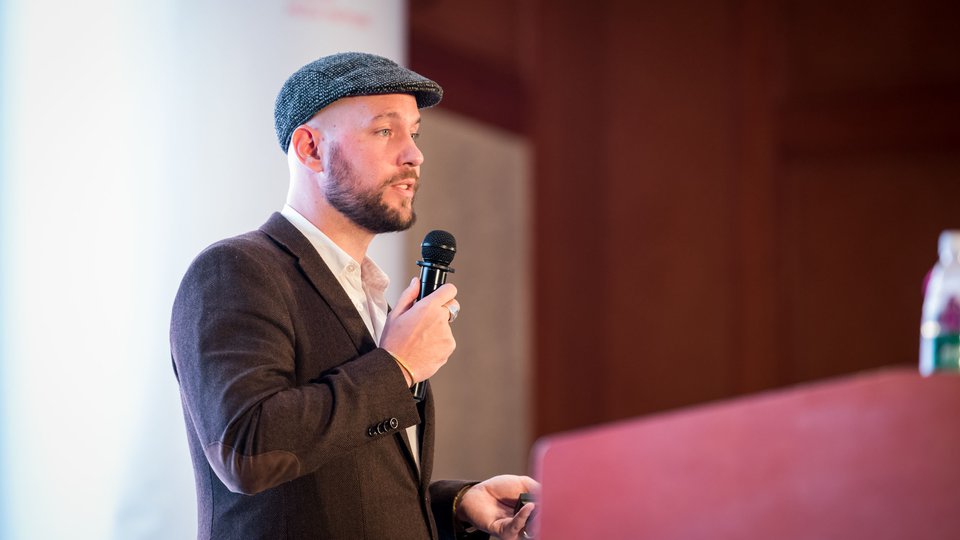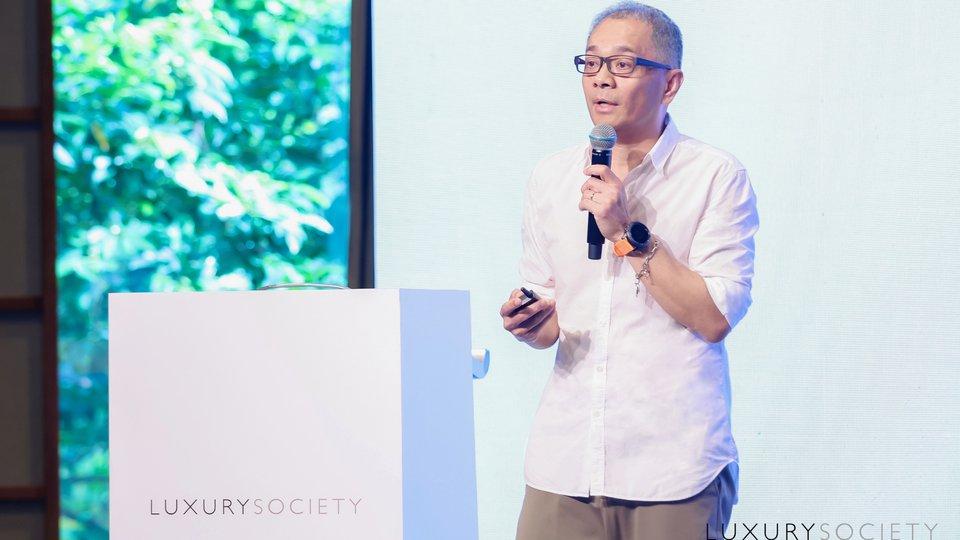Noting the size and complexity of China’s e-commerce landscape, Partner and Managing Director China of DLG (Digital Luxury Group) Pablo Mauron shares some tips and insights on the topic at the fourth Luxury Society Keynote in Shanghai.

Noting the size and complexity of China’s e-commerce landscape, Partner and Managing Director China of DLG (Digital Luxury Group) Pablo Mauron shares some tips and insights on the topic at the fourth Luxury Society Keynote in Shanghai.
With over 40 percent of the world’s e-commerce transaction volume originating from China, selling online in the home of luxury’s biggest consumer group is no longer a question. It is a necessity. But going about this task is easier said than done, given the size of the market and the intricacies of the Chinese online ecosystem. Beyond adapting the online shopping experience to what locals are used to, many concerns continue to perplex international brands – ranging from issues with logistics to clamping down on grey market sellers.
In his presentation, Partner and Managing Director China of DLG (Digital Luxury Group) Pablo Mauron explores some of these issues, and highlights the differences in working with existing platforms versus building one’s own. A good e-commerce strategy, he points out, would encompass a good mix of the various avenues available on the market to best suit the brand’s business objectives. For instance, brands could host “a pop-up store on WeChat or hosted by an e-commerce partner, selling exclusives”, work with “e-retailers and key distributors that would have access to the best products” and also have a “flagship store that, by definition, will propose the full inventory”. Mauron also mentions that brands could potentially leverage websites that are known for selling off-season items to move their older collections and dead stock.
Watch the video for his full presentation. A PDF version of what he shared is also available for download at the link below.









